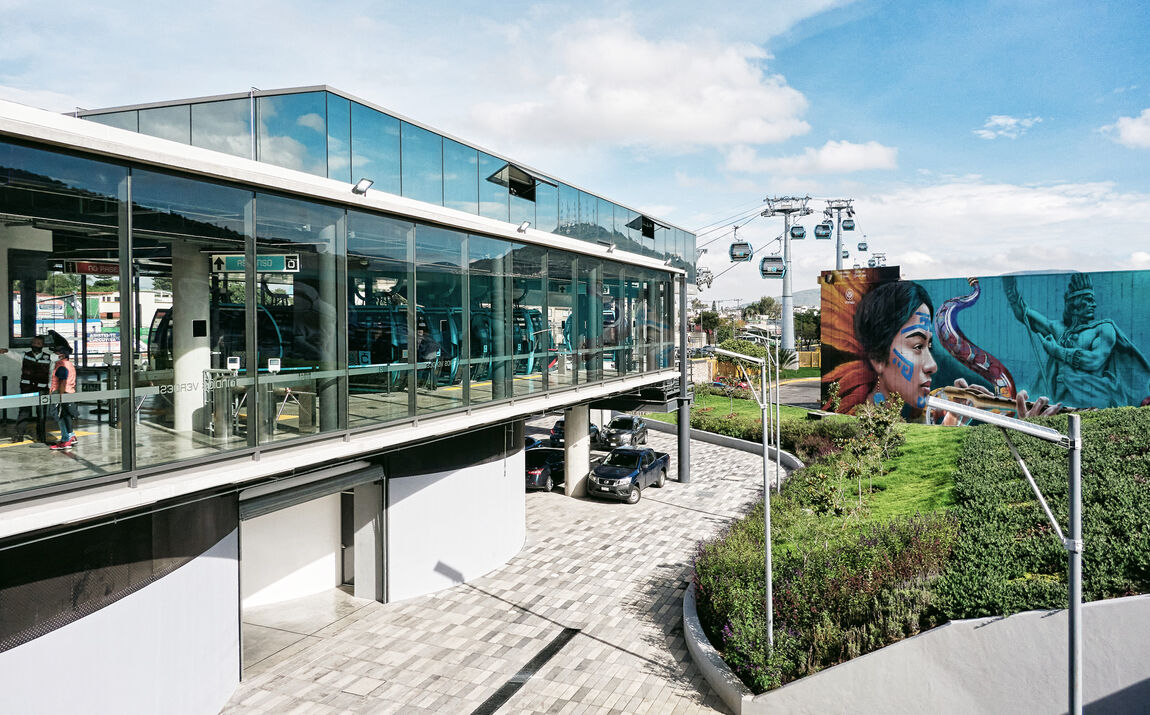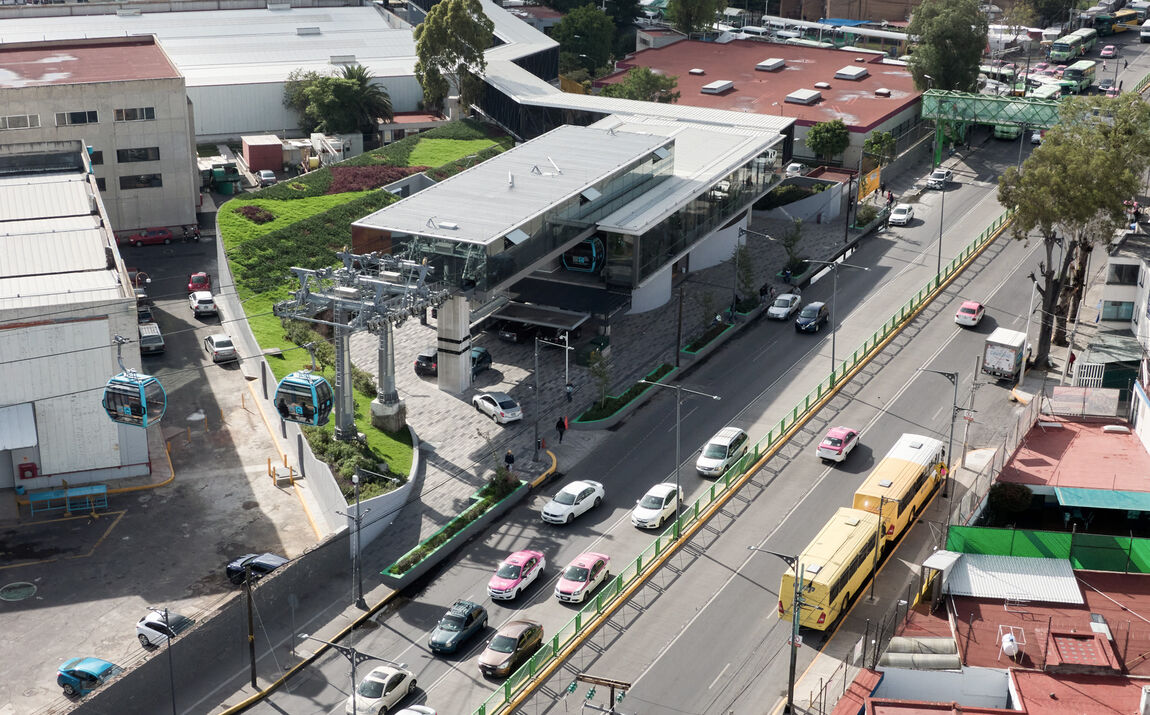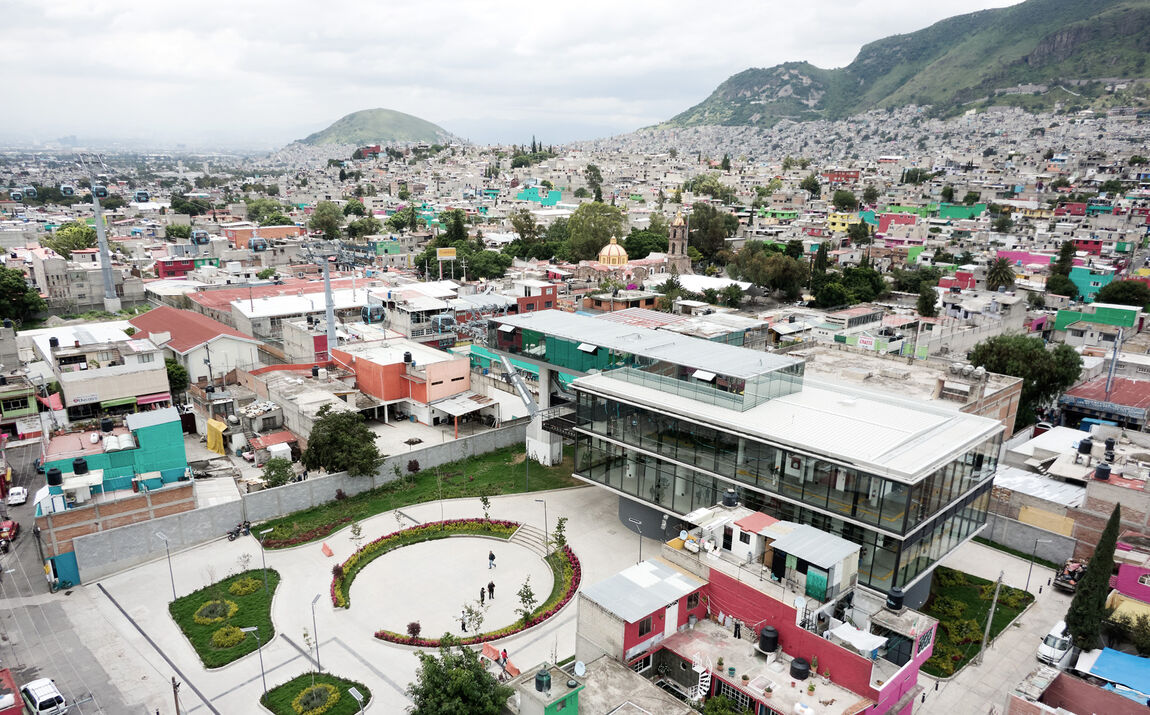FLOAT AWAY FROM THE HUSTLE AND BUSTLE
Around 22 million people live in Mexico City and the way through the metropolis is characterised by traffic jams and long waiting times. In addition to the traffic, the air quality is also increasingly problematic. A city cable car has provided enormous relief for some time now. This environmentally-friendly solution is fully integrated into the public transport network and is barrier-free for everyone. The cable car takes about 26 minutes to cover the almost ten kilometres and transports 4,000 people per hour in each direction. It leads directly to the city's main transport hub, from where it is easy to change to buses and the underground. Commuters now only need about half the previous time to get to work. You can thus float over traffic jams and arduous routes in cabins that hold up to ten people. The city's inhabitants are happy to take advantage of the new offer. After all, 300 new jobs were created due to the project.


